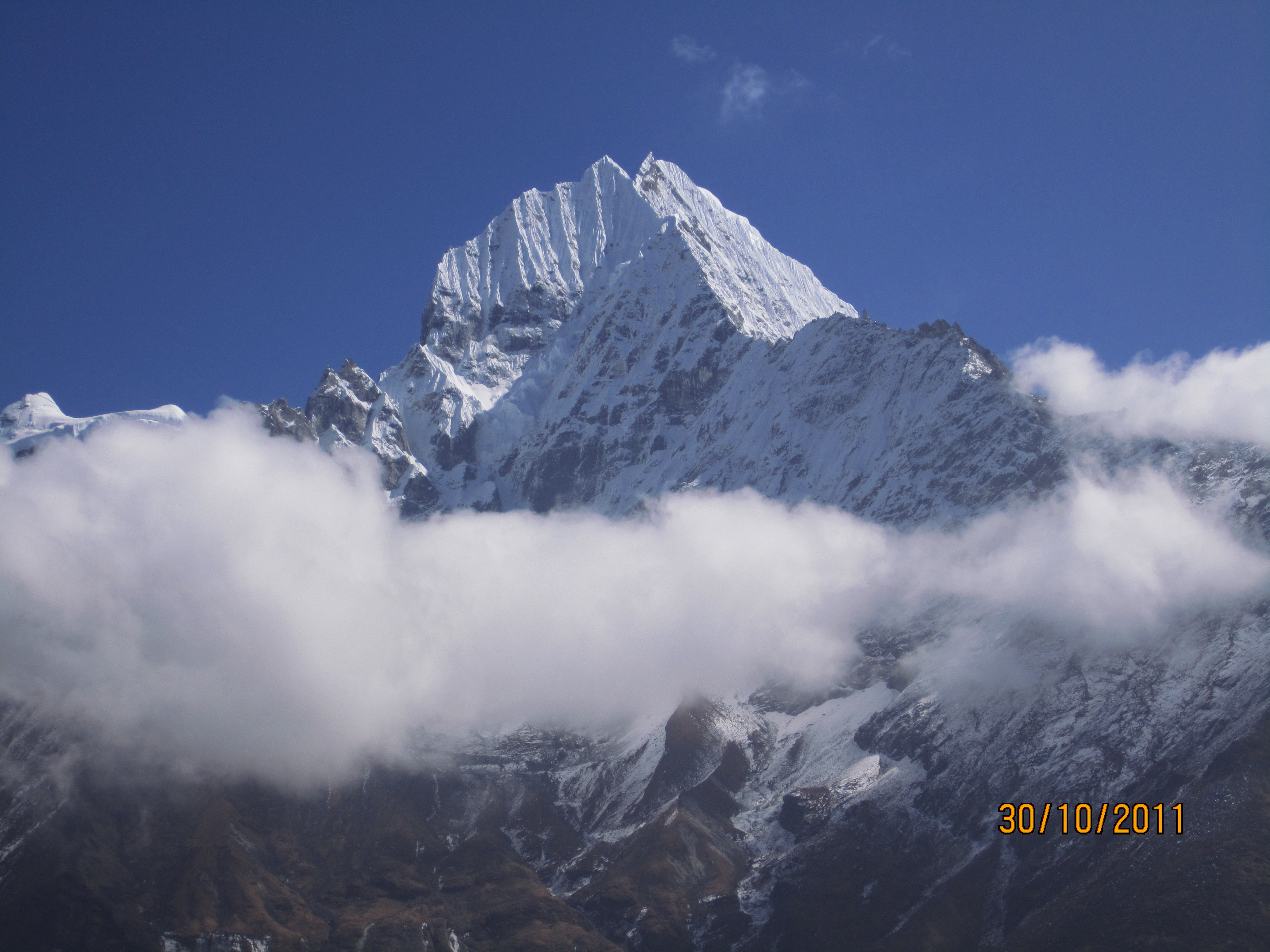Everest Base Camp weather
Understanding the weather at Everest Base Camp (EBC) is critical for anyone planning an expedition or trek in the region. EBC, located at an altitude of approximately 5,364 meters (17,598 feet) on the southern side of Mount Everest, experiences extreme weather conditions that vary depending on the time of year and altitude.
Key Weather Factors at EBC:
Temperature:
Winter (December to February): The temperatures can drop drastically, often plunging to around -15°C to -20°C (5°F to -4°F) during the day and even colder at night.
Spring (March to May): The weather starts to warm up slightly, with temperatures between -5°C to -10°C (23°F to 14°F) during the day. Nights remain cold, with temperatures below freezing.
Summer (June to August): Despite being summer, temperatures at EBC remain relatively cool, with daytime temperatures around 0°C to 10°C (32°F to 50°F). Nighttime temperatures drop below freezing.
Autumn (September to November): Similar to spring, daytime temperatures range between -5°C to -10°C (23°F to 14°F), with very cold nights.
Winds: Winds can be strong and unpredictable, especially higher up on Everest. Wind speeds at EBC can reach 30-50 km/h (18-31 mph) and are often stronger at night.
Precipitation:
Monsoon Season (June to September): This period brings heavy rainfall in the lower valleys and snow at higher altitudes. Trekking becomes more challenging, with wet conditions and reduced visibility.
Dry Seasons (Spring and Autumn): These are considered the best times for trekking and climbing, as precipitation is minimal, and skies are typically clear.
Snowfall: Snow is common at EBC, especially during the winter and pre-monsoon months. Even in the warmer months, snowstorms can occur unexpectedly.
Oxygen Levels: Due to the high altitude, oxygen levels at EBC are about 50% lower than at sea level, which affects physical performance and can cause altitude sickness if not properly acclimatized.
Best Time to Visit EBC:
Spring (March to May): This is the most popular season for both trekking and climbing as the weather is relatively stable, and temperatures are manageable. This is also when many Everest expeditions take place.
Autumn (September to November): After the monsoon, the weather clears up, offering excellent trekking conditions with clear skies and crisp temperatures.
Challenges:
Altitude Sickness: Given the high elevation, the risk of altitude sickness is significant. Proper acclimatization and hydration are crucial.
Unpredictability: Weather at high altitudes can change rapidly, making it important to be prepared for sudden snowstorms, wind gusts, or drops in temperature.
By understanding the weather patterns at Everest Base Camp, trekkers and climbers can better plan their expeditions and ensure safety in this extreme environment.





